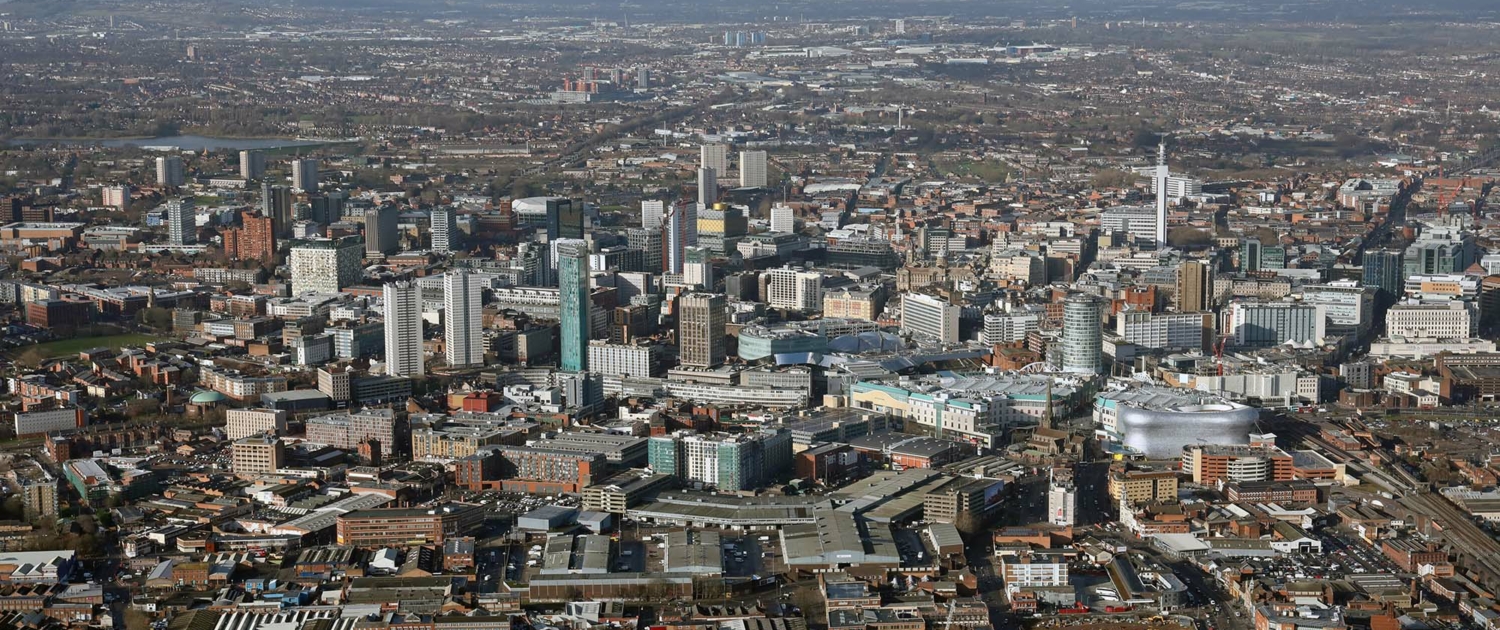Home > Geotopics > Birmingham > How has urban living been more sustainable and improved quality of life in Birmingham?
How has urban living been more sustainable and improved quality of life in Birmingham?
The people of Birmingham face the significant task of enhancing the sustainability of their city. According to the definition of sustainable development from 1987, it is the “development that satisfies the needs of the present generation without hindering the capacity of future generations to fulfil their needs.” Consequently, the main objective is to reduce Birmingham’s ecological footprint to benefit its current and future inhabitants.
Recycling
Each year, UK households generate over 30 million tonnes of waste, a substantial portion of which continues to end up in landfill sites.
Recycling a single glass bottle saves sufficient energy to power a computer for half an hour. Approximately 60% of the waste in an average dustbin could be recycled, which rises to 80% for most vehicles. On average, around 16% of a product’s cost is attributed to its packaging, which typically ends up as garbage. As much as half of the waste in a dustbin could be suitable for composting.
In 2013, the recycling rate for England stood at 43.5%. In contrast, Birmingham’s recycling rate was only 30.1%, indicating that the city’s recycling initiatives have significant room for improvement.
Green transport
Birmingham boasts a comprehensive bus route network aimed at diminishing reliance on cars and, as a result, reducing air and noise pollution in the city. Some of these buses are gas-powered, further mitigating pollution, and they provide features such as seat belts and complimentary wifi. Dedicated bus lanes encourage commuters to choose buses over cars for their work commute since buses can traverse the city more swiftly. Additional initiatives include the expansion of bike lanes and the installation of more charging stations for electric vehicles.
Green spaces
Birmingham is renowned for its expansive green spaces, boasting 571 parks like Cofton Park. These parks span 3,500 hectares, marking Birmingham as the European city with the most green space. Besides parks, the city also nurtures five local nature reserves, a National Nature Reserve (NNR), and numerous Wildlife Trust Nature Reserves.
Eco-housing
Eco-friendly Housing Birmingham leads the way in creating sustainable living spaces. A prime example is the Birmingham Municipal Housing Trust development in Northfield. This project entails the construction of 400 dwellings, comprising 122 rental houses and flats and 278 houses available for outright sale. The objective is to blend houses available for purchase with affordable housing options. These residences are designed to meet high design, space, and energy efficiency standards. The Birmingham Municipal Housing Trust, established by Birmingham Council in 2009, has been instrumental in building new council homes.
Sustainability
In 2010, Birmingham was placed 15th on the list of the UK’s most sustainable cities. Some noteworthy points include:
- Birmingham succeeded in reducing its carbon emissions by 120,745 tonnes in 2009/2010, positioning the city on track to achieve a 60% reduction in carbon dioxide emissions by 2016.
- The city continues to invest in energy-efficient measures in residential areas.
- Electric vehicles were utilised in the CABLED project (Coventry and Birmingham Low Emission Demonstrators 2009-10), aiding in determining where electric vehicles could be most effectively used and any potential challenges that could arise.
- Construction of environmentally-friendly offices for council staff is underway.
Related Topics
Use the images below to explore related GeoTopics.



